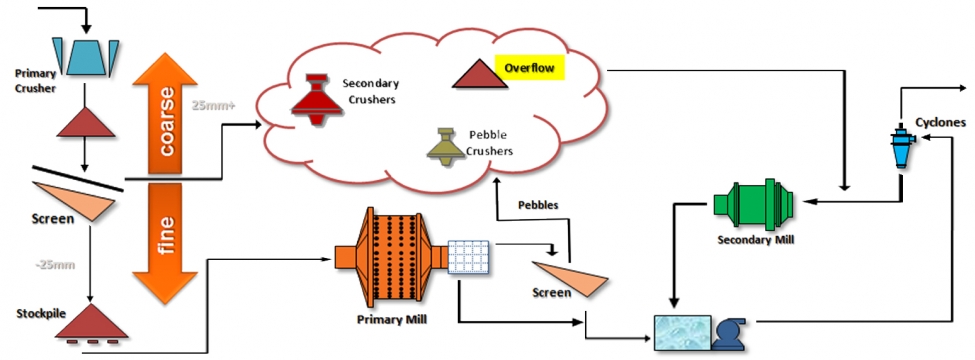Mine-to-Mill methodologies have been traditionally applied to investigate the impact of upstream fragmentation changes on downstream mill throughput. In other words, the cause-and-effect relationship between mill feed size and tonnage. Why does it need to be limited to only this relationship? Is it not valuable to understand the important parameters related to metal recovery, product quality and cost efficiency? The accurate prediction of metallurgical performance should be an objective for all site metallurgists to improve mine planning, budgeting as well as justifying circuit and operational changes.
Confident geometallurgical forecasting can allow strategic decisions to be made regarding blending, deferment or rejection of ore types/domains from the mine plan.
Studying the Mine-to-Mill interface from a number of perspectives allows key parameters to be understood and included as part of an operating philosophy to improve mill feed quality. Not only has the methodology proven itself to generate significant productivity gains, but can assist site personnel in quickly responding to real performance deviations rather than hoping the problem will correct itself.

